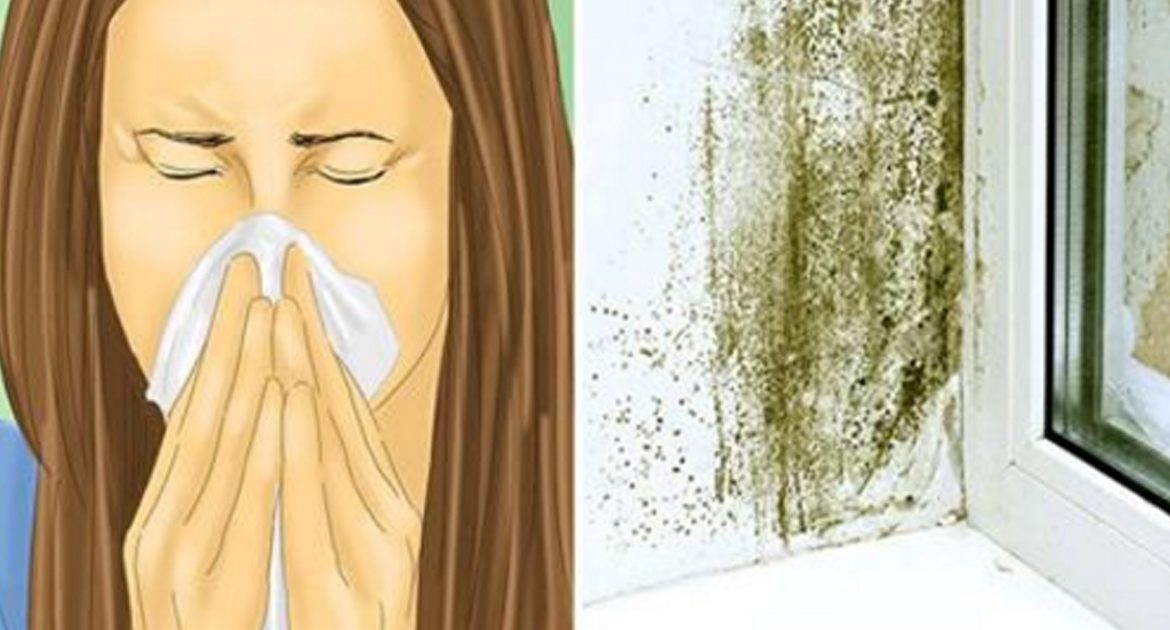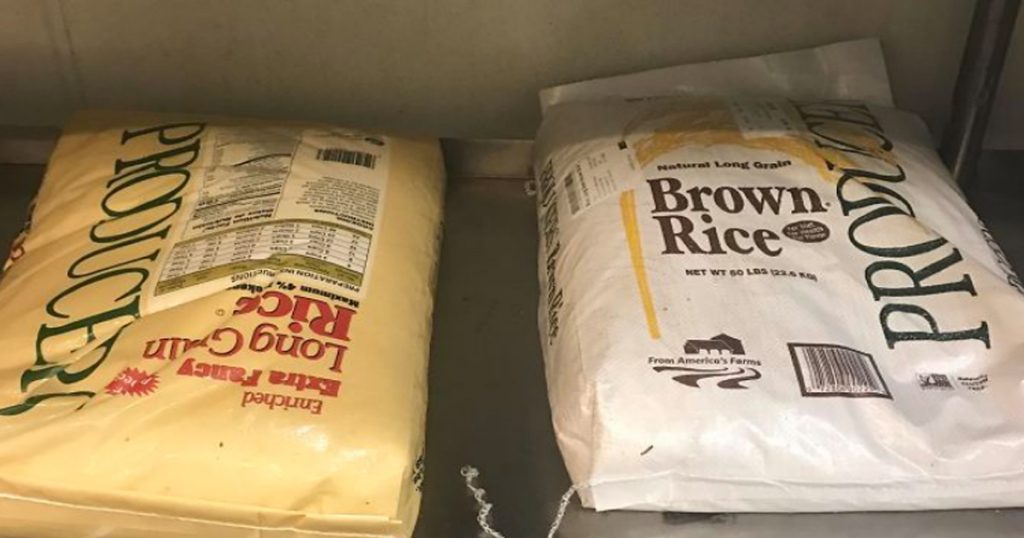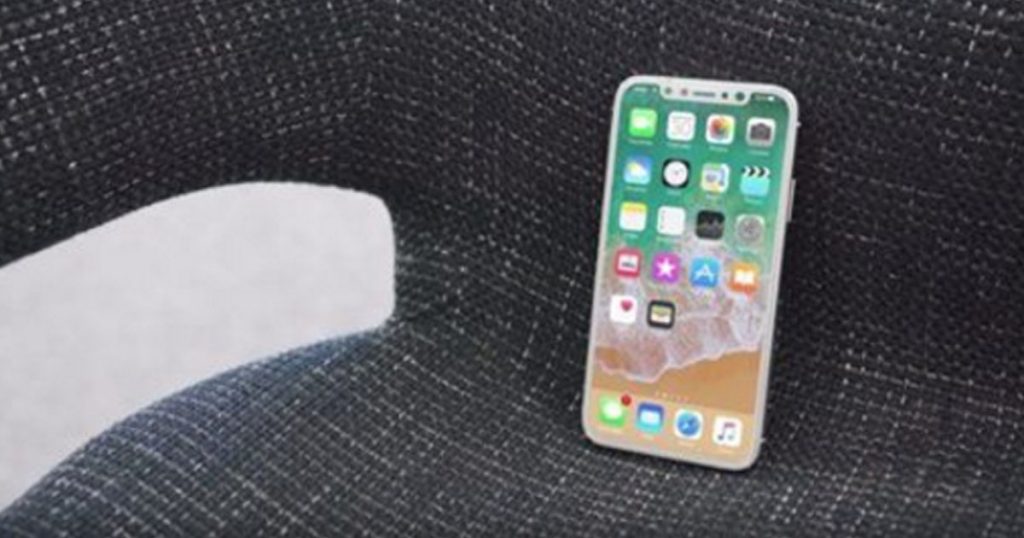As many as 1.5 million Americans die each year that are linked to illnesses such as mold illness. Many of us think that mold is just an annoyance, but it is actually far more dangerous. According to Surviving Mold, mold is full of biotoxins that our bodies simply cannot process. When these biotoxins enter our body, they immediately start wreaking havoc on your body. The end result is different symptoms for different people.
However, the Mayo Clinic has outlined 10 symptoms of mold illness that will help you know if you may be suffering from it. Mold illness can often be misdiagnosed because the symptoms are very similar to other allergies, however the risk posed from mold illness means that you should never assume that sneezing or wheezing is just mundane. If you find these symptoms persist, you should immediately talk to your doctor.
Mold illness can lead to asthma, sinusitis, inflammation of the lungs, to many other issues.
Here are the 10 symptoms you should be on the lookout for.
Sneezing
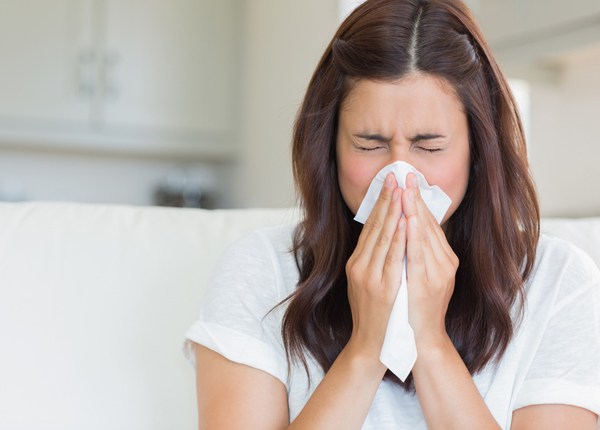
Mold can cause what appear to be cold or allergy-like symptoms like sneezing. This is because the spores that mold releases into the air will irritate your nose or throat, causing you to sneeze.
Runny or Stuffy Nose
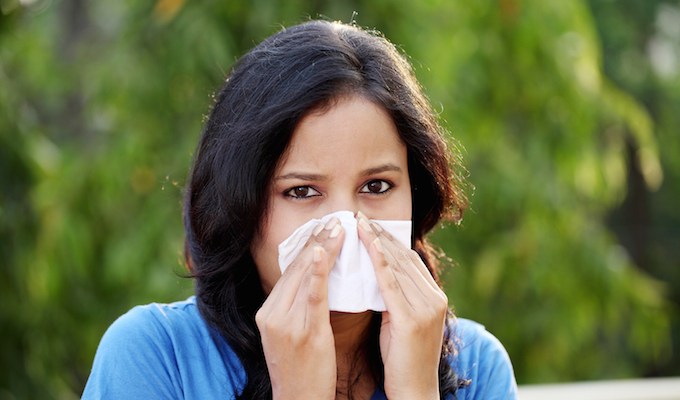
A runny or stuffy nose can also appear to be related to a cold or allergy, however they can also be caused by mold spores. If your body detects too many mold spores for it to handle, it will create mucus in your nose to defend against the mold spores.
Coughing

When you inhale mold spores from the air, they will irritate the lining of your throat, causing you to cough as your body wants to eject those spores. Prolonged exposure to mold can lead to complications such as pneumonia and bronchitis.
Itchy Eyes, Nose, Throat

Similar to other allergens, such as pollen, when you body detects mold spores in the air it will release histamine. Histamine can cause a wide variety of reactions in your body, however some of the most common are itchy eyes, nose and throat.
Watery Eyes
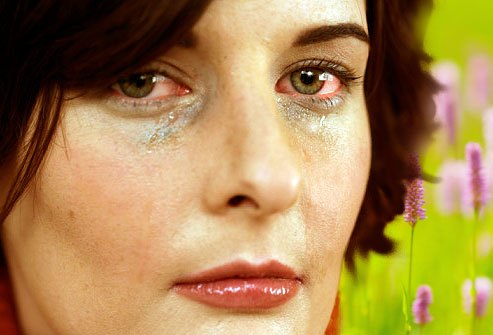
Histamines can also cause your eyes to water up more easily. This is because the histamines’ main goal is to flush the body of all allergens and other toxins. This can result in your eyes being watery to help push out the allergens in your body.
Dry, Scaly Skin
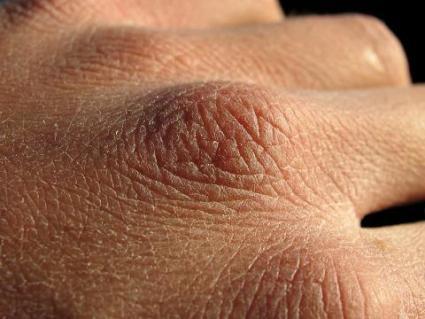
Your body’s allergic reaction to mold can sometimes lead to inflammation and irritation of the skin. This is because your body is effectively overreacting to the allergen. This overreaction is why exposure to mold can cause some people to break out into hives.
Wheezing

Wheezing is the most common and perhaps most well known symptom of exposure to mold. This is due to you inhaling microscopic mold spores without even knowing it. These mold spores will irritate and inflame the lining of your throat, bronchial tubes, and even your lungs. The end result is restricted airflow and then wheezing.
Shortness of Breath

A symptom heavily related to wheezing is a shortness of breath. It should be noted that when you begin to wheeze is also when it can become difficult to breathe. If you suffer from asthma you’re at even bigger risk as the mold spores could trigger a full blown asthma attack.
Chest tightness

Many people who have suffered from exposure have often reported feeling a type of pain in their chest. Some have described it as a feeling of ‘tightness’ in their chest while others have simply called it a feeling of pressure. Some have reported the pain as severe and others as only mildly uncomfortable.
Postnasal Drip
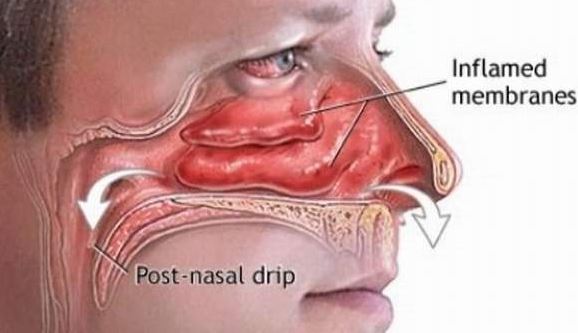
This is also caused by the reaction to histamine being released into your body. This results in your nose seemingly running without end. This is, again, to prevent the mold spores from entering your body and constantly pushing them out. Unfortunately this results in you needing tissues around you all day.
What Can I Do To Reduce My Risk?
If you suspect you might be having an issue with mold spores in your home, you will want to reduce your risk. Your best options are using a dehumidifier and always opening windows in bathroom to reduce humidity and increase air flow in the room. Also remove wet clothes from laundry machines quickly, check windows for any condensation build up. If there are any leaks in your home, be sure to have them fixed and make sure there is no mold growing near the leaks. The Asthma And Allergy Foundation of America states that taking these precautions will help reduce your exposure to mold spores and reduce risk of mold illness.
Please Liked Video so your friends and family will know the signs and symptoms of mold illness!
